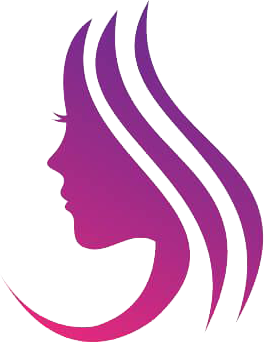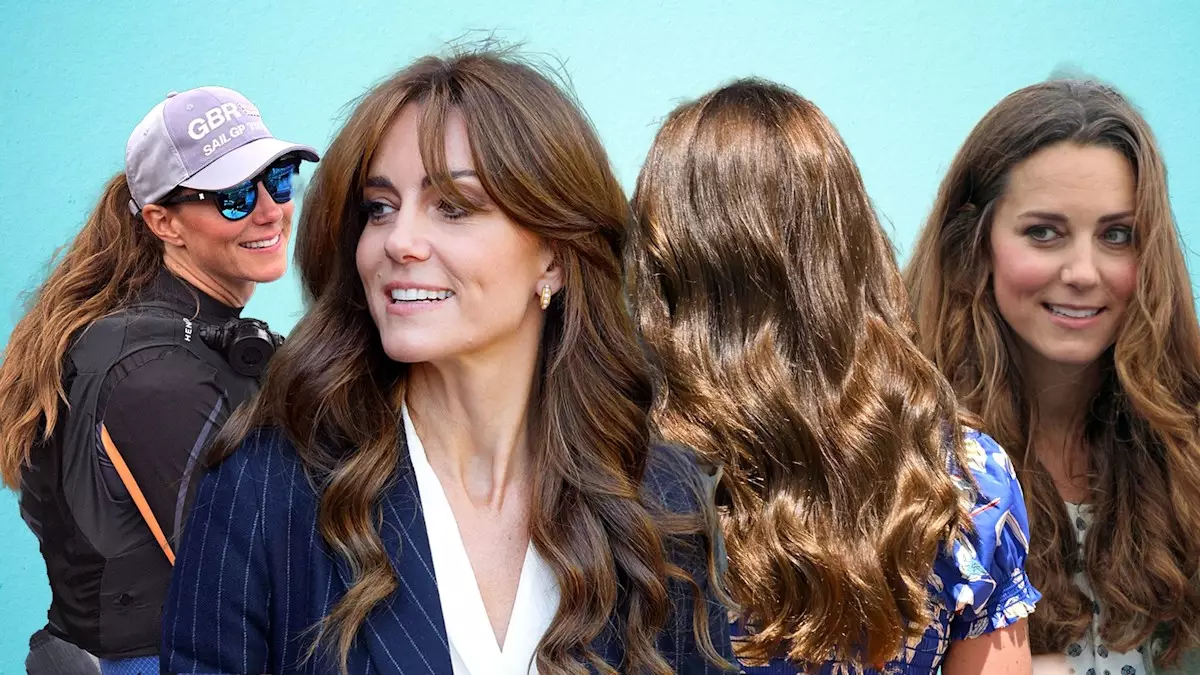When it comes to hair that consistently garners admiration, the Princess of Wales, Kate Middleton, sets a benchmark that many aspire to. Her hair, known for its enviable sheen and considerable volume, often becomes a focal point in media discussions. However, the debates surrounding whether or not she utilizes hair extensions remain persistent. While some hairstylists assert that her luxurious locks are fully natural, others hint at the possibility of subtle enhancements. This dichotomy has fueled a captivating conversation about beauty standards and the lengths (quite literally) to which some, including royals, may go to achieve their ideal image.
Opinions vary widely among hair professionals regarding the authenticity of Kate’s hair. Chris Appleton, famed hairstylist to celebrities like Kim Kardashian, stands firmly in the camp of those who believe that Middleton sports all-natural tresses. On the other hand, extension specialist Olia Cutz argues that modern technology offers very discreet forms of hair extensions that could easily elude the untrained eye. The rift between these viewpoints raises intriguing questions about societal perceptions of beauty and the pressures faced by women in the public eye to maintain a polished appearance.
While debates about extensions continue, the conversation around healthy hair inevitably leads to dietary considerations. According to Registered Nutritional Therapist Lucia Stansbie, a balanced diet is pivotal for nurturing hair health. Aiming for a diet rich in vitamins, particularly Vitamin C—which is crucial for collagen production—can set the stage for vibrant hair growth. Foods abundant in this vitamin include citrus fruits and leafy greens, among others. Such nutritional strategies remind us that beauty is not merely skin deep; it begins from within.
Despite the right diet, sometimes external factors complicate the quest for beautiful hair. Stansbie emphasizes the significant role hormones play in the condition of hair. Hormonal fluctuations can result in various issues, including shedding and thinning. For instance, conditions like Polycystic Ovary Syndrome (PCOS) and even the postpartum period can lead to changes in hair density due to hormonal imbalances. Recognizing these factors is essential for anyone striving for healthier hair, further emphasizing that beauty extends beyond dietary considerations to encompass health and wellness.
The impact of aging and life changes like menopause can also influence hair health. Stansbie advocates for a proactive approach, suggesting that diets enriched with protein and healthy fats can mitigate these effects. By understanding how different life events affect hair, individuals can take informed steps to maintain their hair’s vitality well into later years.
While the mystery of the Princess of Wales’ hair remains engagingly unresolved, it compels us to consider broader themes of beauty and health. From understanding the role of nutrition to recognizing hormonal influences and societal pressures, achieving illustrious hair might be more attainable than we realize with a holistic approach to beauty.

